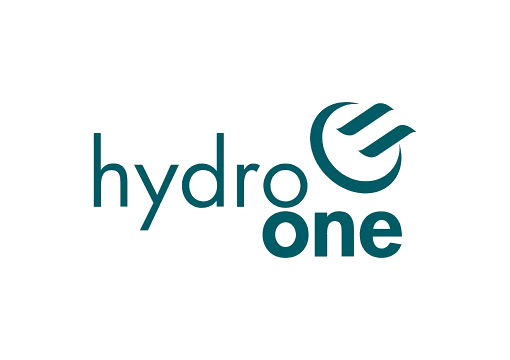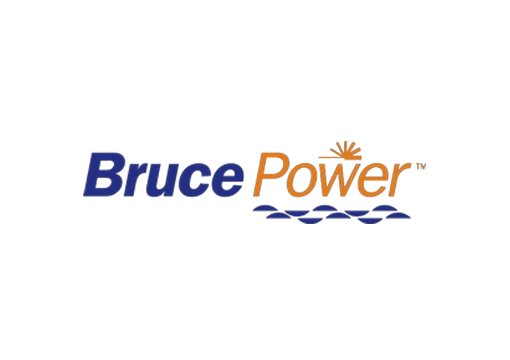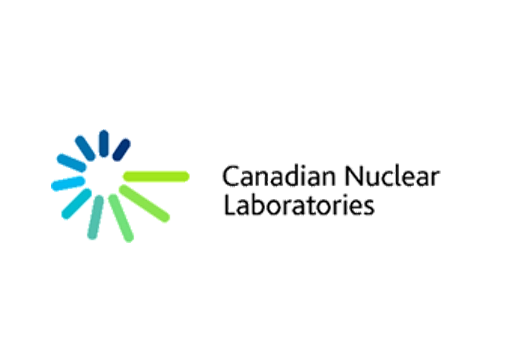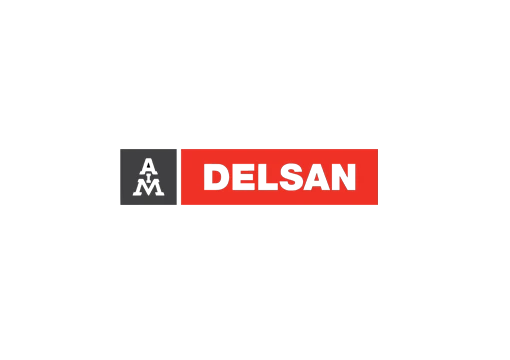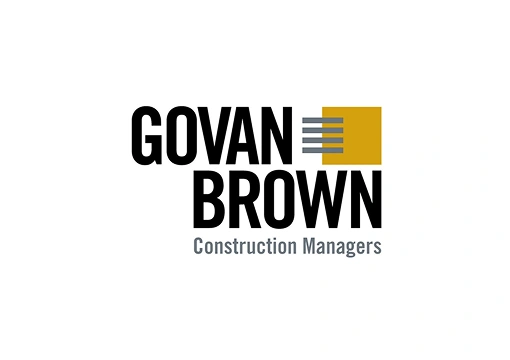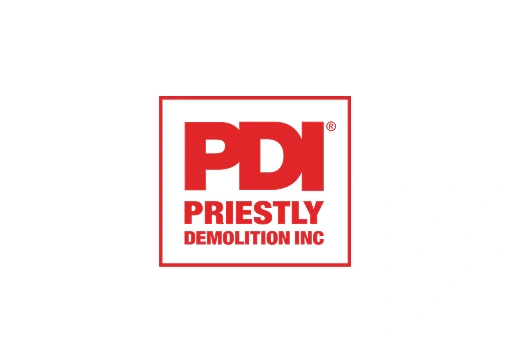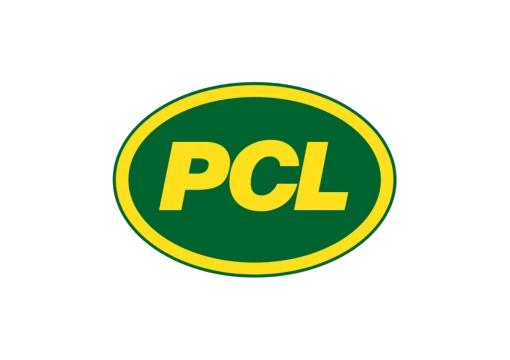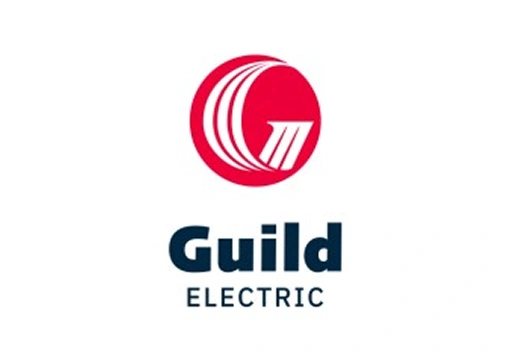Concrete Scanning

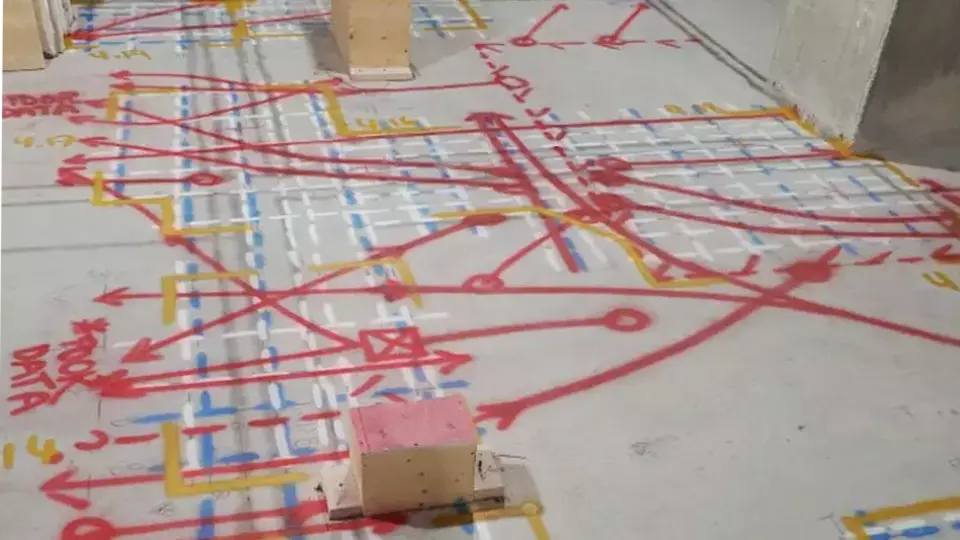
Get a Precise View of Embeded Objects
When precision matters, high-frequency ground-penetrating radar is the tool for the job. Unlike traditional utility locates, concrete scanning uses higher-frequency radar to detect shallow, fine-detail objects embedded in concrete—things like rebar, mesh, conduit, post-tension cables, and small voids. This non-destructive testing method is safe, fast, and highly accurate. It prevents costly errors, structural damage, and project delays. This technology is ideal for:
● Construction and Renovation - Identify utility lines before penetrating concrete to prevent damage and avoid costly delays.
● Utility Maintenance - Locate embedded infrastructure for repair, replacement, or inspection purposes.
● Forensic Investigations - Determine the location of utility lines.
● Cutting - Avoid costly delays by scanning before cutting or digging.
Concrete scanning is the first step before cutting—and our trained team at OneScan gets it done right, every time.
Why Choose One Scan Services?
- ✓ Experienced professionals.
- ✓ State-of-the-art equipment.
- ✓ Compliance with local regulations.
- ✓ No project is too big or small.
- ✓ Competitive fees.
How High-Frequency GPR Works
Electromagnetic Waves
High-frequency GPR transmits electromagnetic waves into the ground. These waves interact with underground objects, reflecting back to the surface.
Data Analysis
Our advanced software analyzes the reflected signals to create detailed images of underground structures.
Accurate Detection
High-frequency GPR can identify objects such as: Utilities (pipes, cables, conduits), concrete reinforcement (rebar), voids or delaminations in concrete, shallow archaeological features
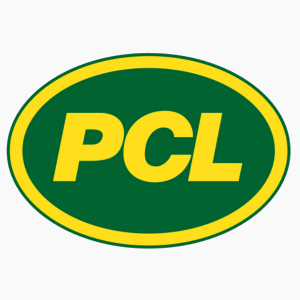
I have had the pleasure of working with the team at Ontario Cutting and Coring for close to three decades. Their ability to respond, adapt to project demands, and find solutions to challenges presented on the job site, are what sets them apart from their competitors.
Jeff Long General Superintendent, PCL Constructors Canada Inc.Let’s get to work!
Got questions? Need an estimate? Our sales team is ready to help. Call or message us now.
- Toll-free: 1-800-663-3318
- Ontario: 905-279-2660
- Ottawa: 613-225-4343

